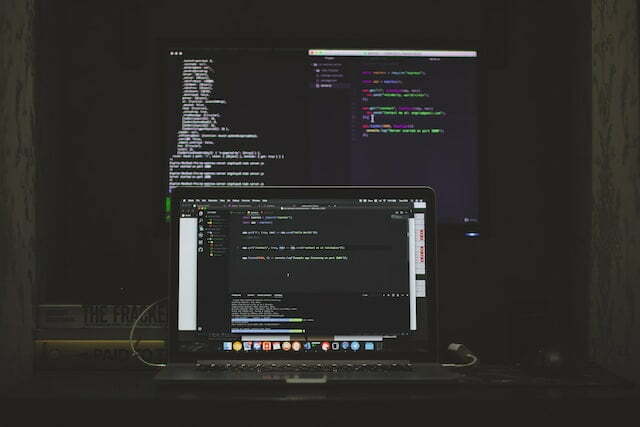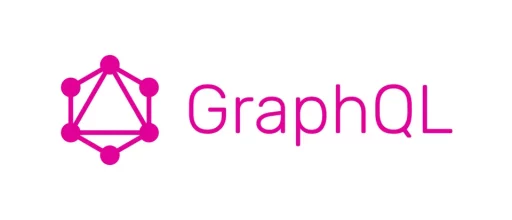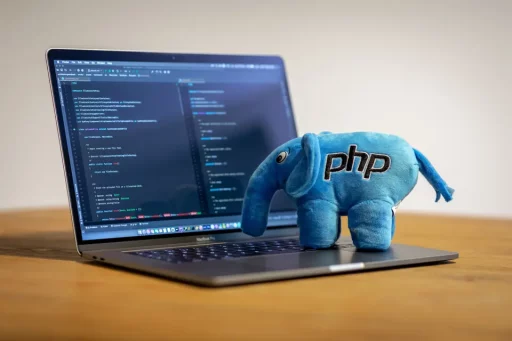Closures are a fundamental concept in JavaScript, and they can be a little tricky to understand at first. But once you get the hang of them, they can be a powerful tool in your JavaScript toolkit.
So, what is a closure? Simply put, a closure is a function that remembers the environment in which it was created, even when it is executed outside of that environment.
To understand this concept better, let’s take a look at an example. Consider the following code:
function outerFunction(param) {
let outerVariable = 'I am the outer variable';
function innerFunction() {
console.log(outerVariable + ', and the param is ' + param);
}
return innerFunction;
}
let returnedFunction = outerFunction('Hello, World!');
returnedFunction();
In this code, we have an outer function called outerFunction and an inner function called innerFunction. The outerFunction takes a parameter called param, and it also has a local variable called outerVariable. The innerFunction has no parameters and no local variables, but it does reference the outerVariable and the param of the outerFunction.
When we call outerFunction with the argument 'Hello, World!', it creates a new execution context with its own local variables and arguments. In this case, param is set to 'Hello, World!' and outerVariable is set to 'I am the outer variable'.
Then, the outerFunction returns the innerFunction. However, when we execute the innerFunction outside of the outerFunction, it still has access to the local variables and arguments of the outerFunction. This is because the innerFunction has a closure over the outerFunction‘s execution context.
So, when we call returnedFunction(), it logs 'I am the outer variable, and the param is Hello, World!' to the console.
Closures can be a little tricky to wrap your head around at first, but they can be very useful in certain situations. For example, you might use a closure to create a private variable that can only be accessed by a specific function. Or, you might use a closure to create a function that has access to some external state that it needs to use when it is called.
In summary, a closure is a function that remembers the environment in which it was created, and it can be a very useful tool in JavaScript programming.















